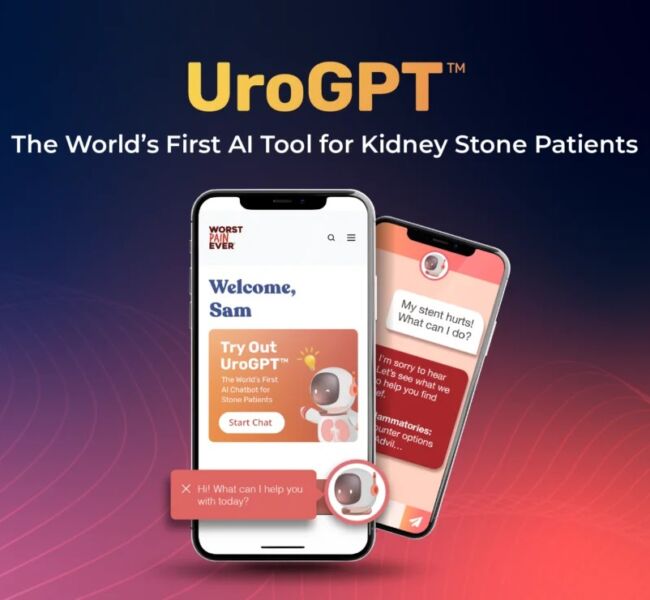“If I can take a shower without feeling pain, then I know it’ll be a good day.”
A patient with Atomic Dermatitis (AD) explains how the most mundane and regular activities can sometimes cause him pain. AD is a life-long skin disease driven by an overactive immune system that leads to an inflammation underneath the skin. It affects patients across all aspects of their daily lives, taking a significant toll physically and emotionally.
Awareness days such as World AD Day are useful milestones to hook disease awareness campaigns. They provide information that enlightens people about the conditions of a disease and the treatment options available.
Disease awareness campaigns can have a positive impact on society and an individual’s wellbeing. Diseases are often being suffered in silence. Breaking taboos or dispelling myths can help break that silence, leading to patients talking about their issues and seeking potentially life-changing treatment.
Spurwing has a strong track-record working with healthcare companies to develop disease awareness campaigns. Our proven approach has inspired patients to break their silence, reach out to their doctors and discuss how treatments can help them lead a better life.
1. Bring patient experiences to life
Emotional stories have a lasting effect on audiences. Personal experiences from patients help go beyond the conditions of a disease and create awareness and understanding of the multidimensional impact it has on a person’s life.
The burden from AD can permeate through every aspect of a patient’s daily routine. More than half of those with severe atopic dermatitis report bouts of depression, stress and frustration during flares-ups. This exacerbates symptoms, trapping patients in a continuous cycle of disease and distress. Many patients describe how their visible symptoms affect their intimate relationships.
Patients can be reluctant to share these experiences if the disease is seen to have a social stigma, which is often associated with AD. Doctors and caregivers are crucial to building trust with patients to share their experiences.
Authenticity is key. Interviews and aggregating patient experiences into a report can be a good way of overcoming a reluctance to front a campaign. However, an individual’s story is more likely to get coverage in the media, and shorter, digestible content from patients works well on social media.
2. Anchor around a message of hope
Compelling campaigns end with reference to a treatment representing the beginning of hope for a patient. These stories are the most impactful and finish with a call to action, helping the audience understand there are solutions to the issues patients face.
Individual experiences are unique, so managing the complex and unpredictable nature of AD can be extremely challenging. Timely, appropriate care can help sufferers and their families achieve a better quality of life.
An in-depth interview with a patient and a doctor can demonstrate how their relationship goes beyond simply providing treatment recommendations. For AD, a doctor will recommend therapies targeting a wide range of symptoms, including the underlying pathophysiology. They will also support the patient’s mental health and wellbeing, helping them manage the new treatment routine and any side-effects.
The patient-doctor relationship is vital to helping patients regain control of their lives. The expert insights from doctors help patients navigate new challenges and anticipate symptoms, providing them with hope for the future.
3. Make the campaign locally relevant
Awareness days are usually global events. Local markets have their own level of awareness and capability when managing diseases and their treatment. Some forms of treatments may be unavailable, or conditions can be exacerbated by local climates.
Singapore’s hot and humid weather is one of AD’s most common aggravating factors. Patients report hot weather, exposure to a dusty environment, and physical exercise as the major reasons for flare-ups.
AD patients in Singapore can spend six months per year in a compromised state of health, which exacerbates other atopic comorbidities such as asthma, allergic conjunctivitis and nasal polyps.
For some, this can drastically impact patients’ ability to work, often leading to job exclusion, reduced productivity, an increase in the number of sick days taken, and permanent disability leave.
Creating this local link to a disease awareness campaign helps to drive resonance amongst the target audience. It can also lead to a better understanding of the disease within the wider community by taking cultural nuances into account in the messaging. Ultimately this will help shift mindsets and remove any social stigmas.
We can help – get in touch
At Spurwing, we are experts in healthcare and passionate believers in the impact of disease awareness campaigns. Get in touch with us to learn how we can help you develop your campaign and build your reputation with the people that matter.
Reach out to us at team@spurwingcomms.com
Tamana Mulchand is an Account Manager at Spurwing Communications. She is passionate about sustainability and provides insightful communications counsel to some of the world’s biggest leading agriculture and healthcare companies.





